
Proactively apply digital technology
He had a time in the army, then returned to his hometown to do business and grow rice. Faced with the reality that rice only helped his family have enough to eat, not to get rich, in 2019, Mr. Tan decided to convert 6 hectares of his family's ineffective rice land to grow durian with varieties such as: Ri6, Monthong, Musang King, ...
After a period of attachment, Mr. Tan now has more than 640 durian trees of various types that are bearing fruit in the off-season, with about 1 month left until harvest.
Mr. Tan said that his family's land, located near the canal bank and residential area, was previously used for rice cultivation, and in addition to pests, was often damaged by rats. After retiring, through research and direct visits to durian gardens in Cai Lay (old Tien Giang), Cho Moi (An Giang province), Mr. Tuan learned that many farmers became rich and had a living from durian trees, so he decided to "start a business" with this tree right on his family's 4 6-hectare rice fields.
According to Mr. Tan, durian is a difficult crop because when the temperature is too low or too high, the tree may not flower or grow poorly, affecting productivity. In addition, the requirements for soil resources, irrigation water needs, and nutrition are also very strict. If the soil is acidic, it will affect the ability to absorb nutrients, the tree will be stunted or not bear fruit. Faced with unusual changes in the weather, durian trees are even more difficult to care for... Therefore, right from the time he switched to growing durian, Mr. Tan proactively applied technology to take better care of the garden. Everything from measuring humidity, pH in the soil, watering, fertilizing, spraying pesticides, etc. are automated and controlled via smart mobile phones.
“This system has a high initial investment cost, but in return it helps gardeners proactively control the humidity and water needs of the garden during the growth stages, saving on care, fertilizer, water…”, Mr. Tan shared.
In particular, Mr. Tan's durian garden is cultivated entirely organically, strictly following the production process under the guidance of technical staff. Each stage of the tree's development is fully recorded in a diary. All fertilizers and pesticides used to care for the garden are of natural origin,...
Mr. Tan believes that if durian is left to bear fruit naturally, the cost is low, the tree will produce a lot of fruit but the price will be unstable. Therefore, since planting durian, Mr. Tan has proactively applied scientific and technical measures to treat the tree to bear fruit in the off-season, selling it for a higher price.
Currently, Mr. Tan's durian garden is in the stage of bearing young fruit and will start to harvest in full force around the 11th lunar month. Thanks to good care and proper techniques, this year, Mr. Tan's durian garden is expected to produce about 50 tons of fruit, promising to bring in a significant income.
“If durian is left to bear fruit naturally (in the 3rd and 4th lunar months), everyone will have products to sell, supply will exceed demand, prices will drop, so to avoid "oversupply", we must process durian to bear fruit in the off-season, the selling price will be high, profits will be 1.5 - 2 times higher than in the main season, due to scarce supply", Mr. Tan shared.
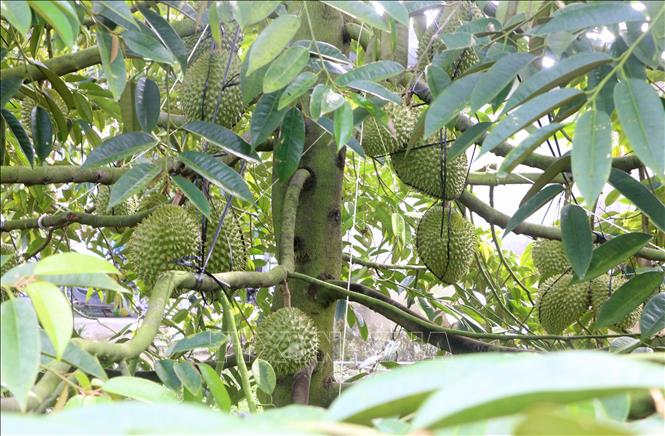
Pointing to the off-season durian tree, full of fruit, Mr. Tan said: "This tree has more than 100 fruits, each fruit sells for 100,000 VND on average, so just one tree like this brings in more than 10 million VND, many times higher than rice and other crops." It is expected that this off-season durian crop will sell for 70,000 VND/kg. After deducting expenses, Mr. Tan's family can earn billions of VND.
With the economic efficiency, as well as the accumulated experience in handling the trees to produce fruit in the off-season, Mr. Tan's durian garden was chosen by Thoai Son commune as a model for people to visit, learn, and share experiences, thereby contributing to the development of the local economy.
New directions in crop structure conversion
Taking us to visit Mr. Tan's off-season durian garden, full of fruit, with only about a month left until harvest, Mr. Mai Tan Nhung, an agricultural extension officer of Thoai Son commune (An Giang province), said that durian is a very difficult tree to grow, and its characteristics must be clearly understood. Therefore, to "sustainably grow", gardeners need to know how to nurture and care for the tree properly, with the right techniques, especially for gardens specializing in handling off-season flowering and fruiting. First of all, the distance between durian trees must be sparse, from 20-25 trees/1,000m2. During the care process, priority must be given to organic fertilizer to loosen the soil and only add necessary micronutrients to help the tree supplement nutrients during the fruiting stage...
After 4 years of planting, each durian tree costs an average of 6-7 million VND (not including land costs) to achieve a stable yield, but after just a few fruiting seasons, the garden owner can recover the capital and make a profit of 0.5-1 billion VND/ha per year, depending on the selling price.
Mr. Nhung believes that Thoai Son land is completely suitable for growing durian, with good soil conditions, fertile soil, saving fertilizer, closed dikes, no fear of flooding and easy to handle so that the tree can bear fruit in the off-season.

Currently, the entire Thoai Son commune has over 16.3 hectares of durian; of which 8 hectares are bearing fruit in the off-season. The locality strongly supports such models and only encourages people to grow them in the dike area for three crops, avoiding expansion in areas at risk of flooding.
“Farmers today who want to get rich must know and apply science and technology in production in a timely manner. What to plant is not as important as learning about it and sticking with it. Don’t rush to plant and cut it down just because the price fluctuates,” Mr. Nhung emphasized.
Mr. Nguyen Ngoc Diep, Chairman of the People's Committee of Thoai Son Commune (An Giang Province) said that Mr. Tan's model of growing durian for off-season fruit on ineffective rice land has opened up a new direction for the locality in converting the structure of crops and livestock, especially for households with little cultivated land and mixed garden land.
“Growing off-season durian brings high economic efficiency, but also has many potential risks, so it needs to be comprehensively evaluated. In terms of profit, off-season durian is sold at 2-3 times higher than in the main season due to scarce supply while consumption and export demand is high. Off-season production helps to allocate harvest time reasonably, reduce pressure on unsold goods and increase the ability to maintain a stable export market all year round, creating a competitive advantage for farmers and businesses. However, economic efficiency is only achieved when growers invest in the right techniques and manage risks well,” Mr. Diep advised.
According to Chairman of Thoai Son Commune People's Committee Nguyen Ngoc Diep, durian is a new local specialty fruit tree, an agricultural product with high economic value. To promote the potential of garden economy, promote the conversion of crop and livestock structure, especially households with little arable land, mixed garden land difficult to cultivate to grow durian. Thoai Son Commune is coordinating with the Department of Agriculture and Environment and related units to organize training courses and seminars to update advanced intensive farming solutions and improve farming skills for people, guide farmers to choose good varieties, plan gardens with the right techniques; create favorable conditions for farmers to synchronously apply intensive farming techniques and consume agricultural products easily, conveniently, and sell at high prices.
In addition, encourage farmers to establish cooperatives and cooperatives to produce durian according to VietGAP, GlobalGAP, organic standards, etc. At the same time, support the development of documents to apply for growing area codes, aiming to form raw material areas to serve the domestic market and sustainable export.
Source: https://baotintuc.vn/kinh-te/thu-tien-ty-tu-trong-sau-rieng-nghich-vu-tren-dat-lua-kem-hieu-qua-20251113083106716.htm



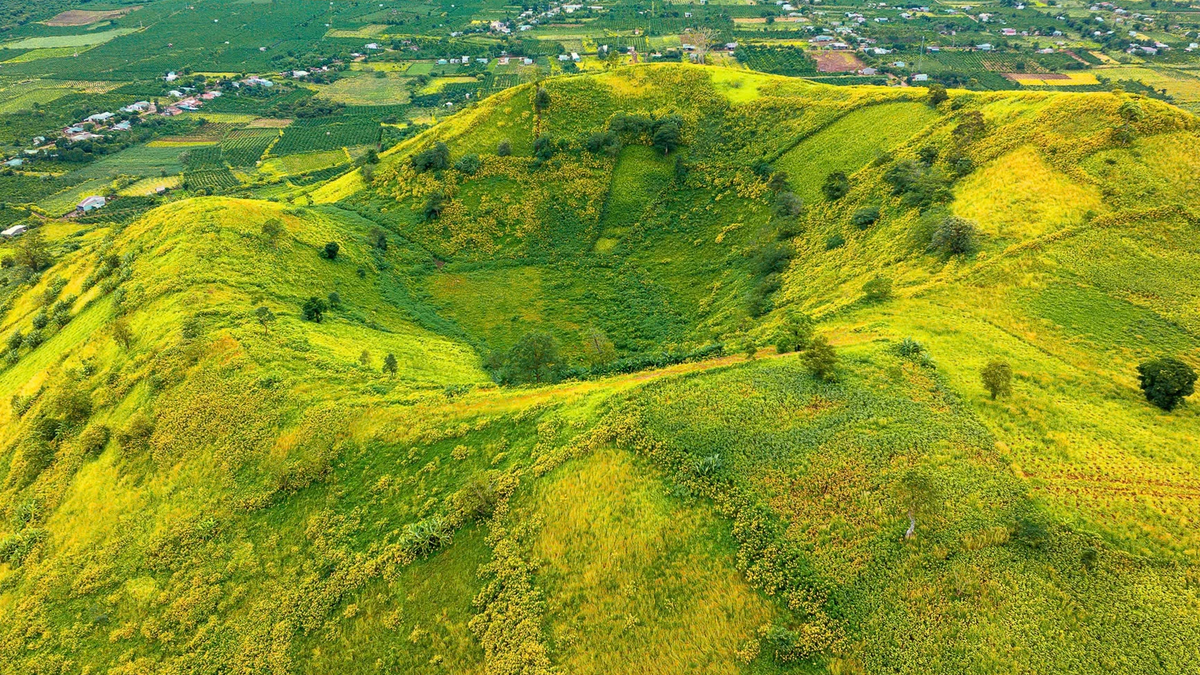

![[Photo] The "scars" of Da Nang's mountains and forests after storms and floods](https://vphoto.vietnam.vn/thumb/1200x675/vietnam/resource/IMAGE/2025/11/13/1762996564834_sl8-jpg.webp)

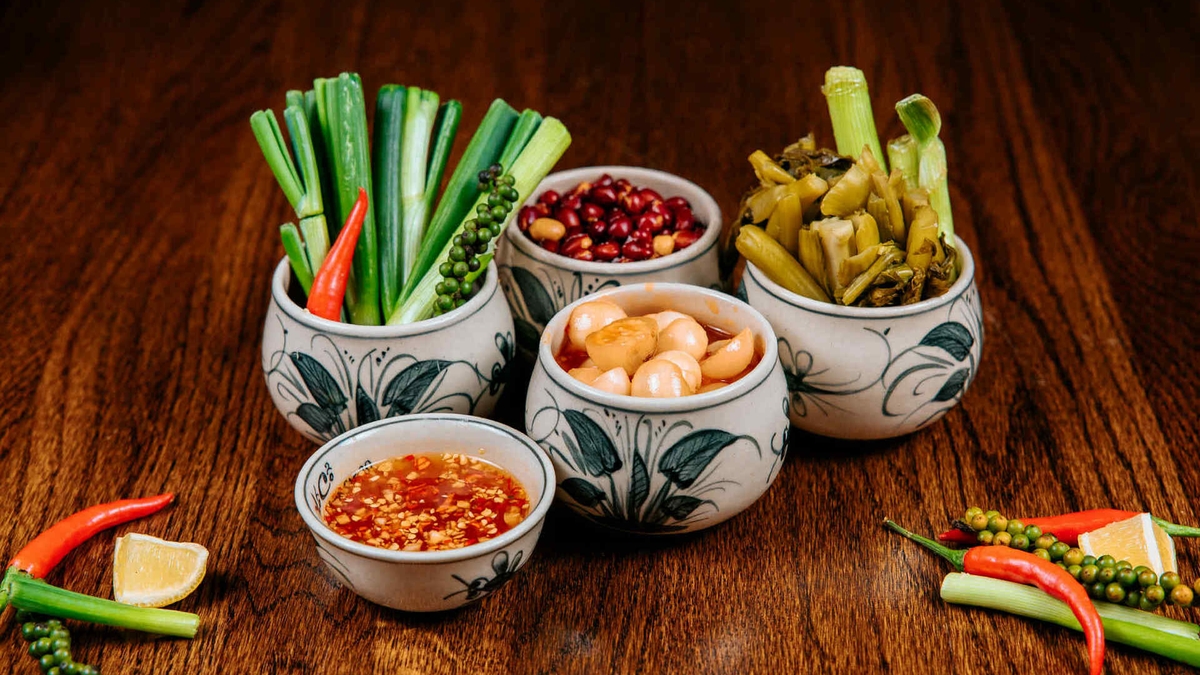




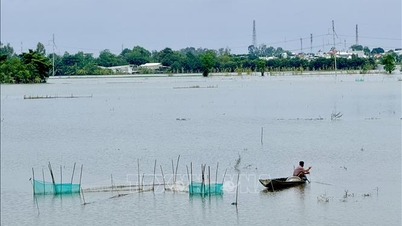
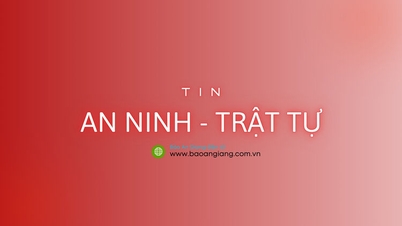




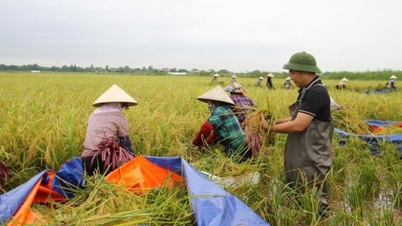
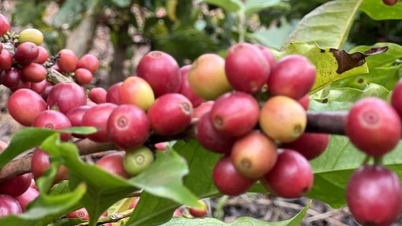

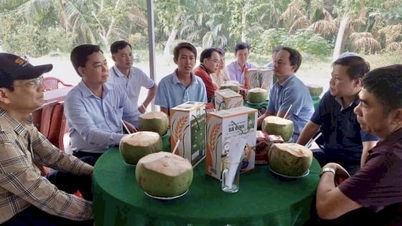






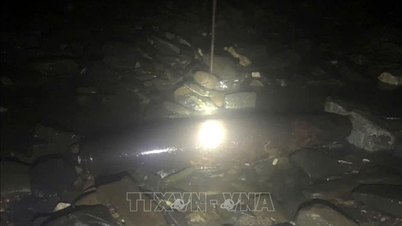
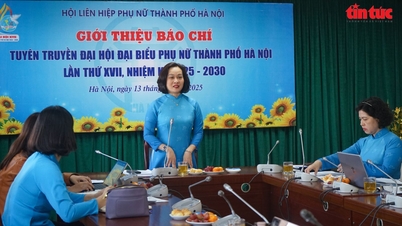
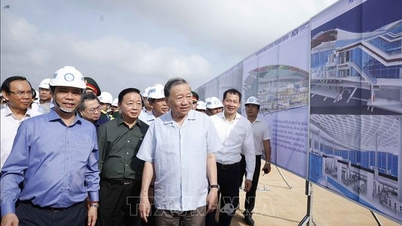

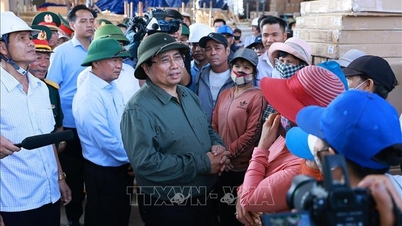
![[Photo] Prime Minister Pham Minh Chinh attends a conference to review one year of deploying forces to participate in protecting security and order at the grassroots level.](https://vphoto.vietnam.vn/thumb/1200x675/vietnam/resource/IMAGE/2025/11/12/1762957553775_dsc-2379-jpg.webp)









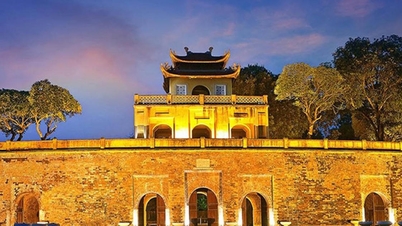

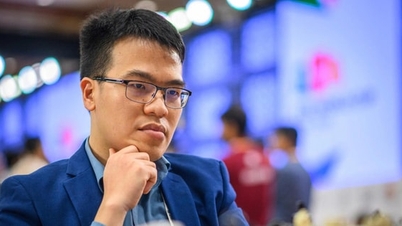



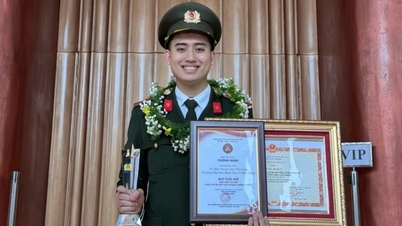


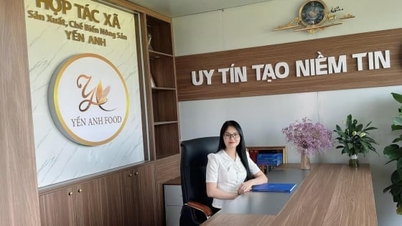






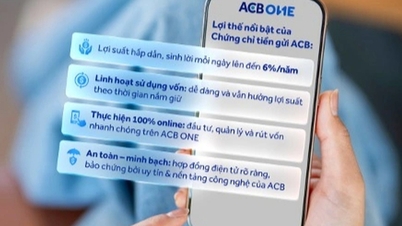




















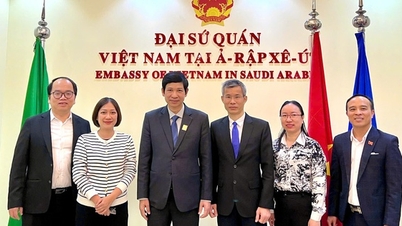
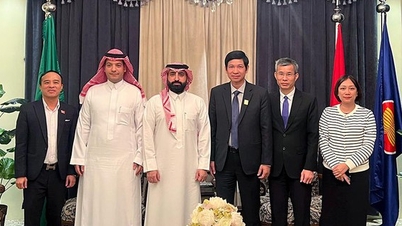

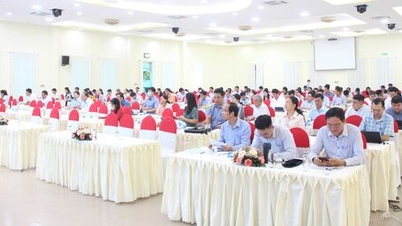



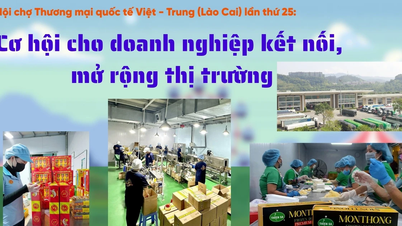







![Dong Nai OCOP transition: [Article 3] Linking tourism with OCOP product consumption](https://vphoto.vietnam.vn/thumb/402x226/vietnam/resource/IMAGE/2025/11/10/1762739199309_1324-2740-7_n-162543_981.jpeg)








Comment (0)